I am currently teaching my daughters Digital Electronics, ages 9 and 12. In doing so, I wanted to introduce them to CMOS logic, since I feel that a hands-on approach is always better than just doing theory.
I purchased a few NMOS and PMOS through-hole type transistors intending to demonstrate basic logic gates such as NOT (1 NMOS, 1 PMOS), NOR and NAND (2 NMOS and 2 PMOS). That worked great, and they could reason about why the gate worked the way it does.
Next up is XOR and XNOR, but it stumbled me a bit. I know how to make a circuit using nine transistors, but looking online I've seen 6-transistor and even 3-transistor solutions. However, these assume you can change width and length, so these are solutions meant for ASIC designs, not for through-hole components.
So, my question is - is there a way to demonstrate XOR/XNOR gate logic with off-the-shelf CMOS/PMOS transistors using only a few transistors? Six transistors would be all right, eight slightly worse yet doable.
Perhaps I should just skip XOR/XNOR and move on to latches and flip-flops?

